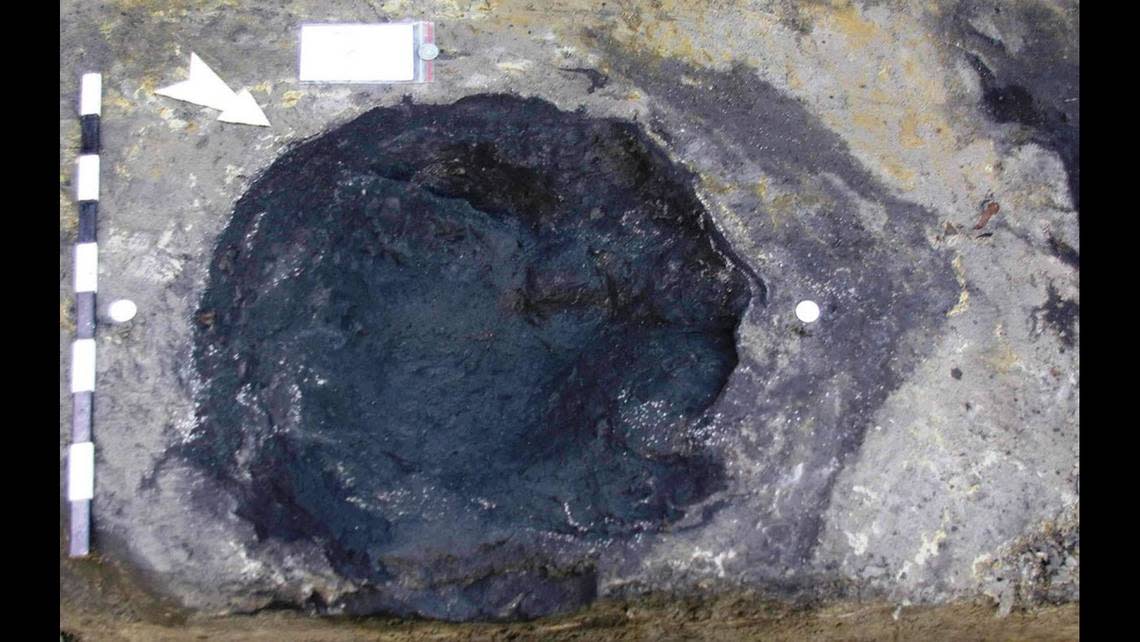300,000-year-old footprints offer lessons about early humans — and their families
Fossilized footprints from 300,000 years ago are giving experts a better idea of what life was like for some of the earliest people in Germany, according to a new study.
The collection of footprints — which includes three human prints — was discovered at the Schöningen paleolithic site in Lower Saxony, the University of Tübingen said in a May 11 news release. Among the prints, experts also found evidence of ancient elephant species in Germany.
Here’s what analysis of the footprints said about life for early humans.
‘A family outing’
The human footprints likely belonged to Homo heidelbergensis, also known as the “Heidelberg people,” researchers said.
This early human species inhabited Europe, Africa and possibly China, according to the Smithsonian National Museum of Natural History. “Heidelberg people” were better adapted to colder climates than their ancestors, and they were the first humans to build shelters and hunt large animals.
Of the human footprints found at the Schöningen site, researchers said one print belonged to an adult while the other two were identified as belonging to younger people.

The site was an ideal site for hunting given its location near a lake and its diverse ecosystem, but researchers said the footprints indicate a different kind of civilization likely lived in the area.
“Our findings confirm that the extinct human species dwelled on lake or river shores with shallow water,” lead researcher Flavio Altamura said in a news release from Senckenberg. “Based on the tracks, including those of children and juveniles, this was probably a family outing rather than a group of adult hunters.”
Researchers also discovered traces of lithic activity and horse bones with traces of being cut, further indicating human activity, according to the study, which was published May 12.
First evidence of elephant footprints in Germany
Researchers also found footprints from straight-tusked elephants at the site, they said.

The now-extinct Palaeoloxodon antiquus was the largest land creature at the time, experts said. Males could grow to be up to 13 tons.
The set of footprints discovered at the site are the first of their kind to be discovered in Germany, the team said in their study. Because of the impact the creatures have on their environments, the elephants likely dictated and influenced much of the ecosystem.
Lower Saxony is a northwestern state in Germany.
Google Translate was used to translate a news release from the University of Tübingen.
Million-year-old skull could hold key to understanding evolution, Chinese experts say
‘Brown blob’ found by miners in Canada is actually 30,000-year-old mummified squirrel
‘Fantastic discovery’ leads archaeologist to 11,000-year-old human remains in Britain
